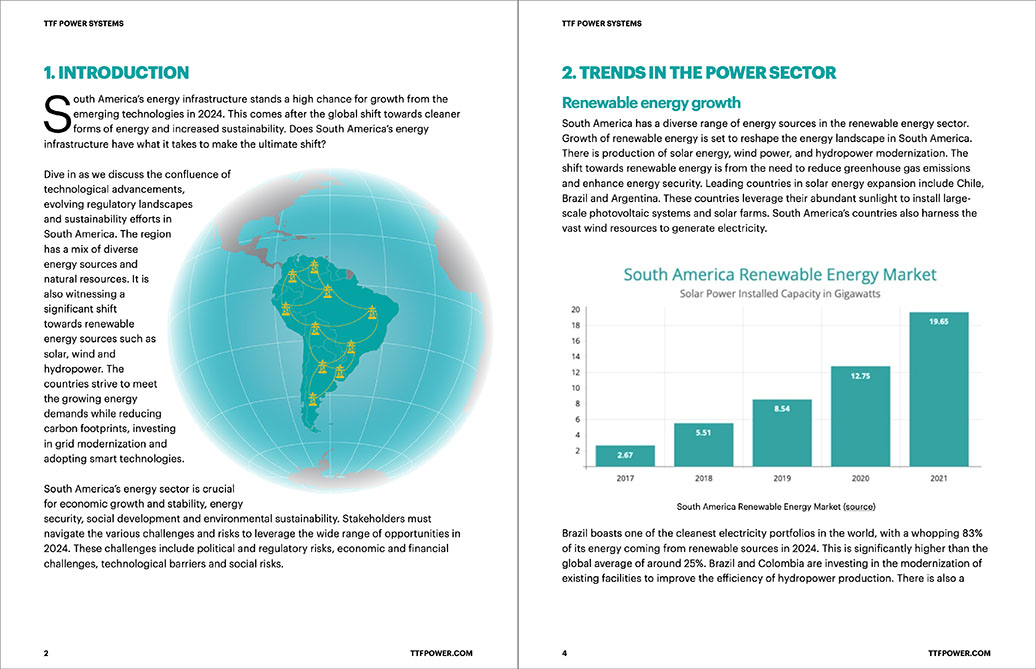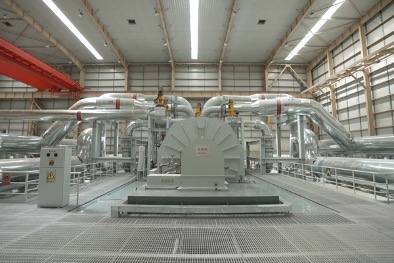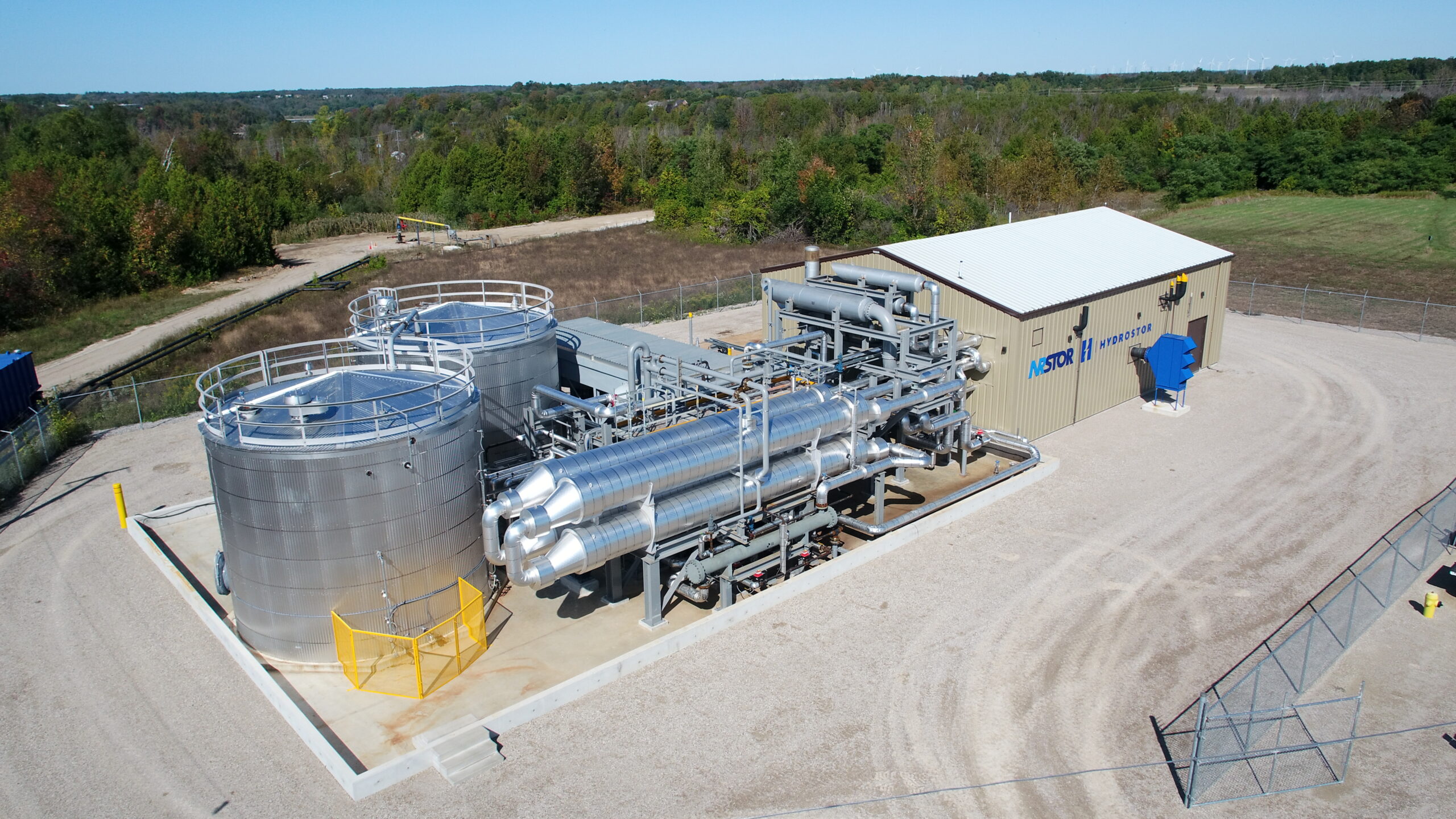
South America is developing new energy storage systems that help to store the energy produced from its abundant natural resources. Such trends include lithium-ion batteries, pumped hydro storage, compressed air energy storage and flow batteries. Compressed air energy storage (CAES) is a method of storing energy by compressing air and storing it in suitable containers. The compressed air is then released to drive a turbine to generate electricity. South America has a growing emphasis on renewable energy integration and grid stability. This leads to the gradual increasing interest in compressed air energy storage.
A top tie is a component used to secure the electrical conductor wire to the insulator on the crossarm of a pole. Its main purpose is to hold the conductor in place and ensure proper electrical contact while allowing for some movement. Its design allows it to wrap around both the conductor and the insulator. Some top ties have extra insulation to prevent electrical arcing and to enhance the reliability of the transmission line.
Several South American countries are exploring CAES through pilot projects and feasibility studies. There is collaboration with international organizations and private companies to leverage the technology. Increased support from the government through policies and incentives also support these technology. The adoption however faces various challenges such as high initial costs, technical challenges and integration with other renewable energy projects.
Factors Contributing to CAES Adoption in South America in 2024
Compressed air energy storage is still in its early stages in South America compared to other regions. There are several factors contributing to the growing interest in CAES. The development of such systems is from the growing need for grid stability, renewable energy potential and favorable geological conditions. A top tie for renewable energy projects is from durable materials that can withstand several environmental conditions. The following are the factors that promote the adoption of compressed air energy storage.

- Growing renewable energy penetration – the increasing integration of renewable energy sources necessitates robust energy storage solutions. South America has great potential for renewable energy in wind and solar. Compressed air energy storage can help balance the intermittent nature of these renewable sources.
- Government support and policies – many South American countries have set ambitious renewable energy targets. These help to promote the energy storage technologies like CAES. Some governments also provide incentives or tax breaks for the energy storage projects.
- Energy security and reliability – many South American countries aim to improve energy security and grid reliability. Compressed air energy storage can provide a way to stabilize the grid and ensure a consistent supply of electricity.
- Geological suitability – the region has geological formations that are suitable for CAES. This is from the available underground cavities that are a key requirement for CAES.
- Economic factors – the cost of CAES is relatively high but is also decreasing due to technological advancements. The potential for long-term energy cost savings and grid reliability improvements can make CAES an attractive investment.
- Technological advancements – there is ongoing research and development that enhance CAES efficiency. Combining CAES with other energy storage technologies can improve system performance. There is development in material science, turbine efficiency and storage techniques.
Benefits of compressed air energy storage
Compressed air energy storage provides various advantages that make it viable and attractive as an option for energy storage. This is in the context of integrating renewable energy sources and enhancing grid stability. It has the ability to provide reliable and flexible energy storage. The following are the benefits of compressed air energy storage.

- Large-scale energy storage – CAES can store large amounts of energy which make it suitable for grid-scale applications. It can provide energy storage for extended periods from hours to days.
- Grid stability – CAES can respond quickly to changes in electricity demand and help maintain grid stability. It can also absorb excess energy during periods of low demand and release It during peak demand.
- Integration with renewable energy – the technology can help to smooth out the intermittent nature of renewable energy sources. It also supports the integration of higher percentage of renewable energy into the grid.
- Energy security – CAES enhances energy security by providing a reliable backup during grid outages. It can serve as an energy reserve to ensure availability during emergencies.
